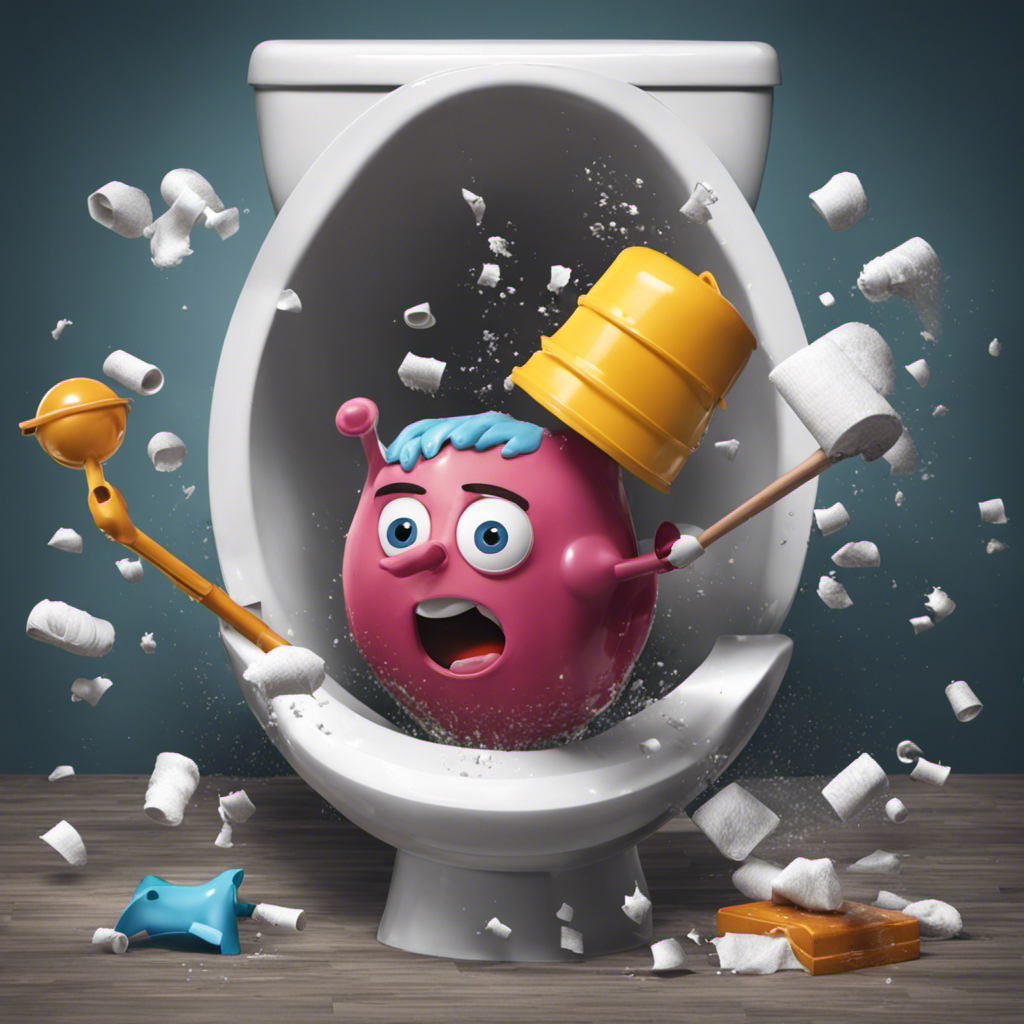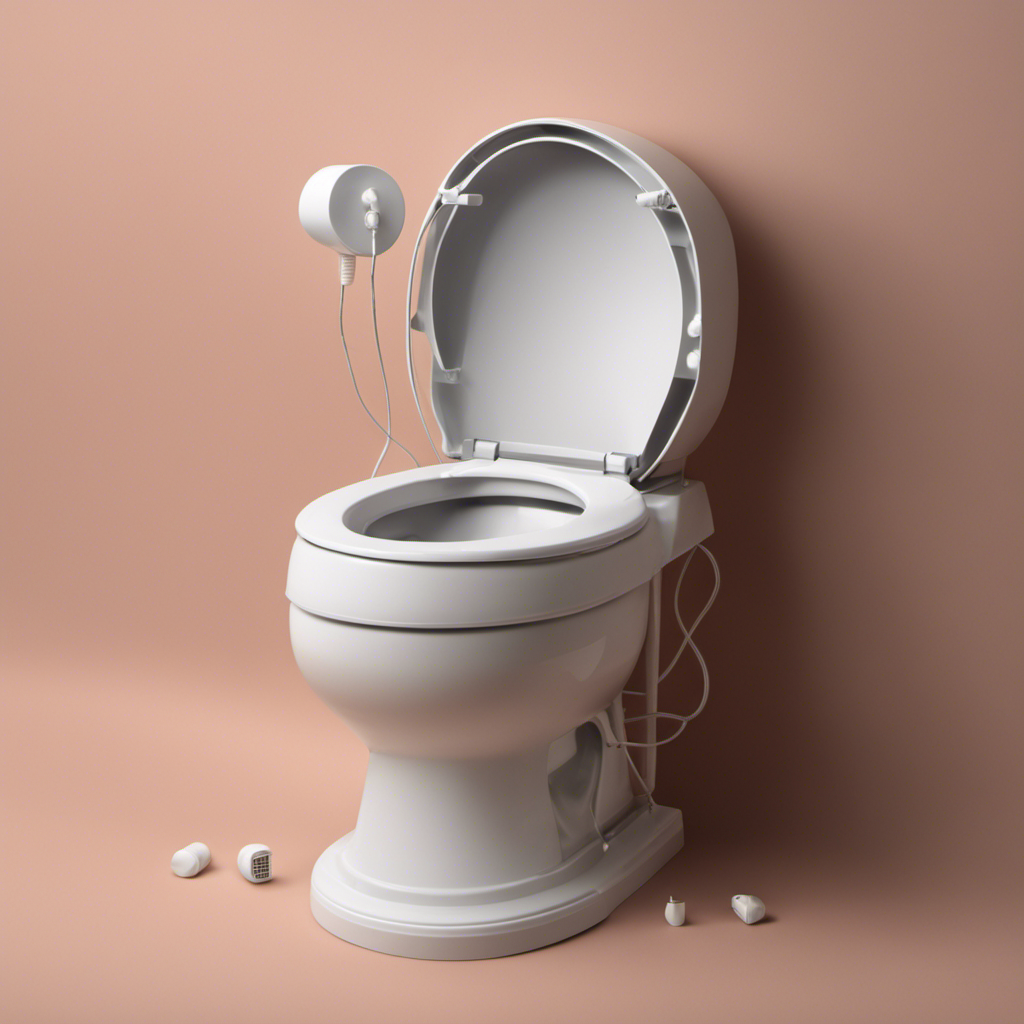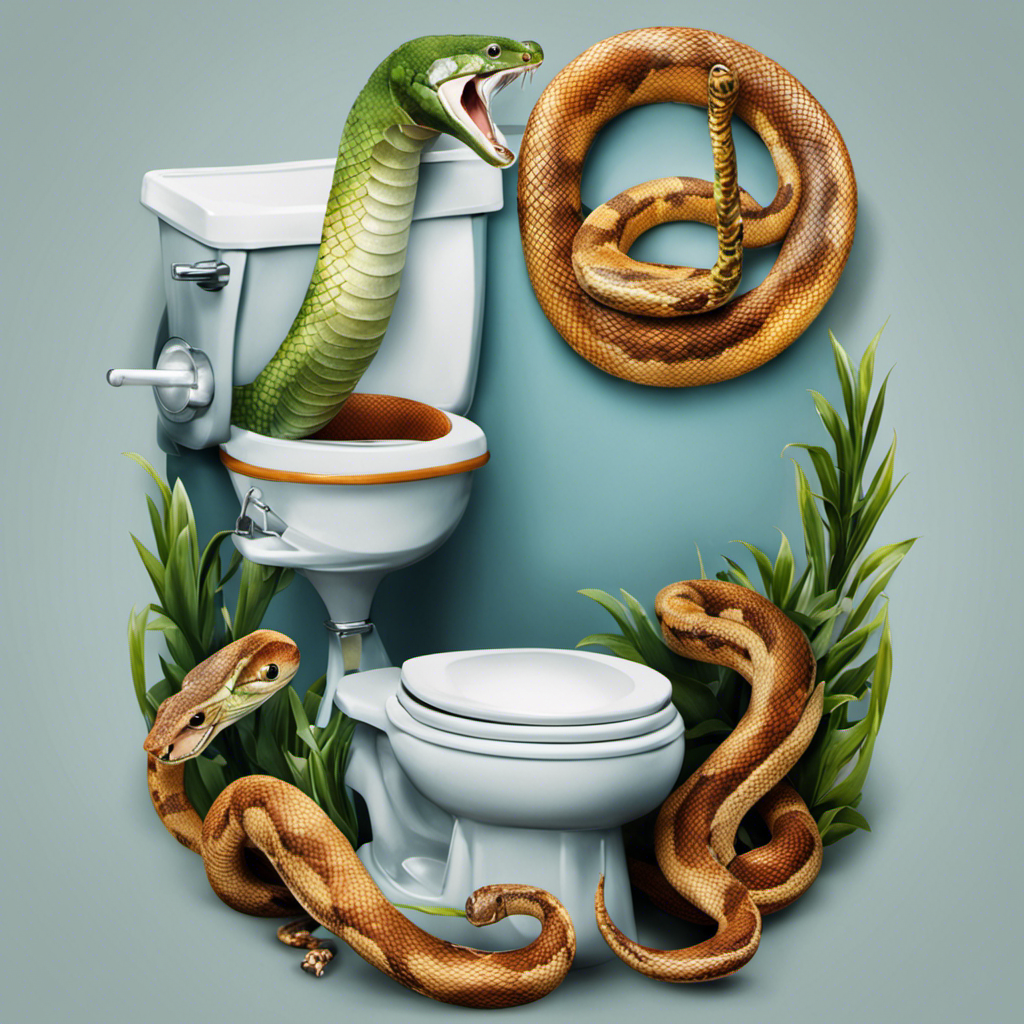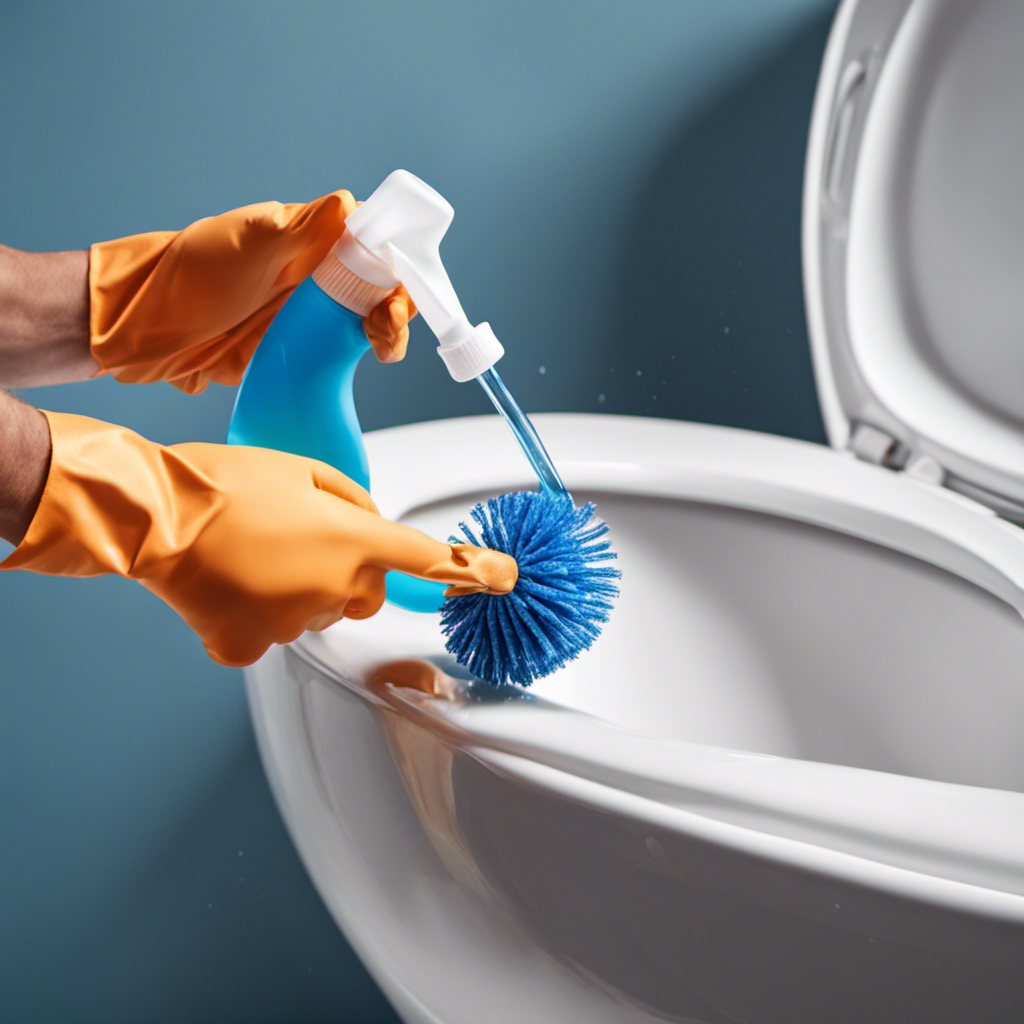Hey there! Have you ever experienced the frustration of a toilet that just won’t flush? I know I have, and let me tell you, it’s not a pleasant experience.
But fear not! In this article, we’ll dive into the common causes of toilet flushing issues and explore how to fix them.
From clogged drains to flapper problems and low water levels, we’ll cover it all.
So, let’s roll up our sleeves and tackle this toilet trouble together!
Key Takeaways
- Clogged pipes and drains can cause slow or no flushing and disrupt the flushing mechanism.
- Flapper problems can result in weak or incomplete flushes, and checking and replacing the flapper valve if necessary can help resolve this issue.
- Low water levels in the toilet tank can affect flushing, and adjusting the fill valve or float arm can resolve this problem.
- Understanding the role of the toilet tank components, such as the fill valve, float ball, fill tube, flush valve, and flapper, is important in troubleshooting flushing issues.
Common Causes of Toilet Flushing Issues
One of the most common causes of toilet flushing issues is a clogged pipe. When a pipe becomes obstructed, the water flow is restricted, causing the toilet to flush slowly or not at all. This can lead to frustrating situations where waste and water do not properly exit the bowl.
Additionally, a clogged pipe can create a gurgling or bubbling noise when the toilet is flushed. The toilet flushing mechanism, which consists of a flapper and a flush valve, relies on a clear and unobstructed pathway for water to flow through. When a clog occurs, it disrupts the normal operation of the mechanism, resulting in flushing problems.
Regular maintenance and proper disposal of waste can help prevent clogged pipes and ensure a smoothly functioning toilet flushing system.
Clogged Drain: How to Identify and Fix It
To identify and fix a clogged drain, you can start by checking for any visible obstructions or debris.
When it comes to a clogged toilet drain, there are some signs you should look out for. Firstly, if your toilet is not flushing properly or if the water level in the bowl is rising higher than usual, it may indicate a blockage.
Another sign is when you hear gurgling noises coming from the toilet when you flush. This could mean that the water is struggling to pass through the blocked drain.
To fix the clog, you can try using a plunger or a plumbing snake to dislodge the obstruction. If these methods don’t work, it’s best to call a professional plumber to assess and resolve the issue.
Flapper Problems: Troubleshooting and Solutions
If you’re experiencing flapper problems, you can start by checking if the flapper valve is properly seated over the drain opening. The flapper valve is a crucial component of a toilet’s flushing mechanism, and if it is not functioning correctly, it can lead to issues such as weak or incomplete flushes.
Here are some troubleshooting steps and solutions to fix flapper problems:
- Check the flapper for wear and tear, cracks, or any other damage.
- If damaged, replace the flapper with a new one.
- Ensure the flapper chain is properly attached and adjusted.
- Clean the flapper and the flush valve seat to remove any debris or mineral buildup.
- Use a toilet brush or a soft cloth to clean the surfaces.
- Avoid using harsh chemicals that can damage the flapper or the flush valve.
Following these troubleshooting steps should help you fix common flapper problems and restore proper flushing performance to your toilet.
Low Water Level: What to Do When Your Toilet Doesn’t Fill Up
When the water level in your toilet is low, it’s important to check the fill valve and adjust it if necessary. Low water levels in the toilet tank can lead to problems with flushing and can be caused by various factors, including issues with the fill valve.
The fill valve is responsible for refilling the tank after each flush, and if it’s not working properly, it can result in inadequate water levels. To check and adjust the fill valve, start by locating it in the toilet tank. Turn off the water supply to the toilet, flush it to drain the tank, and then remove the lid. Look for a small, cylindrical device connected to the water supply line. This is the fill valve.
Adjust the float arm or the float cup to raise the water level in the tank. If the fill valve is damaged or worn out, it may need to be replaced. Proper toilet tank maintenance, including checking and adjusting the fill valve, can help resolve low water level issues and ensure proper flushing.
Additionally, if you’re experiencing consistently low water levels in your toilet tank, it may be a sign of water pressure problems in your plumbing system. Consider checking your water pressure and contacting a plumber if necessary.
Understanding the Role of the Toilet Tank in Flushing
The toilet tank plays a crucial role in the flushing process. It is responsible for storing and supplying water to the toilet bowl during each flush. Understanding the components of the toilet tank is essential for troubleshooting toilet tank issues.
Here are the key components:
-
Fill valve: This valve controls the water level in the tank and refills it after each flush.
-
Float ball or cup: It floats on the water surface and signals the fill valve when to stop filling the tank.
-
Fill tube: This tube directs water from the fill valve into the overflow tube.
-
Flush valve: It is located at the bottom of the tank and is responsible for releasing water into the toilet bowl during a flush.
-
Flapper: It seals the flush valve opening and is lifted when the flush lever is pressed, allowing water to flow into the bowl.
Conclusion
Well, folks, there you have it. We’ve delved deep into the world of toilet flushing issues and explored the common causes behind them. From clogged drains to flapper problems and low water levels, we’ve covered it all.
Remember, when your toilet doesn’t flush, don’t panic – just follow the troubleshooting steps and solutions we’ve provided. Understanding the role of the toilet tank in flushing is key to resolving these issues.
So, next time you find yourself faced with a non-flushing toilet, you’ll know exactly what to do. Happy flushing! And remember, when life gives you lemons, make lemonade!










